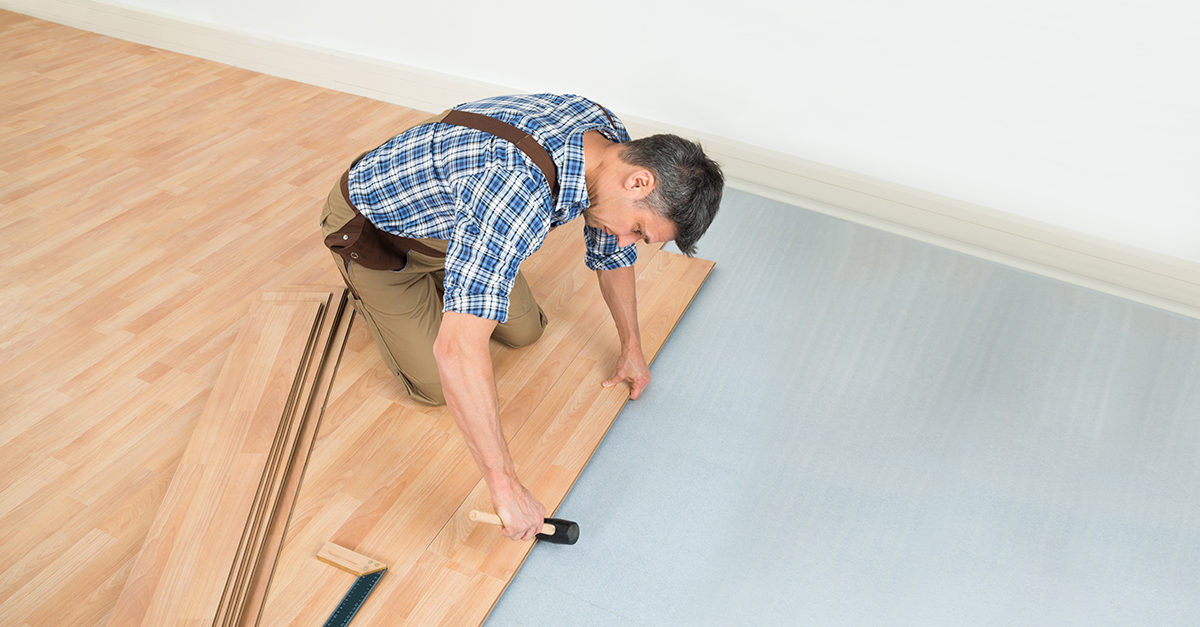In the flooring industry, the correct installation of products is critical for performance and appearance. The word “workmanship” is used in all floorcovering product installations. However, the word “craftsmanship” is usually associated with the description of the finished appearance of hard- surface products like wood, tile, or marble, especially in the area of patterns and designs.
Another way to explain the difference is this: Workmanship is the “how” of performing a task, and craftsmanship is “why” it is done a specific way.
Workmanship
Before a completed project is labeled with the word craftsmanship, the workmanship is reviewed. Workmanship is labeled as poor, bad, good, satisfactory, expert, or excellent, along with a number of other adjectives.
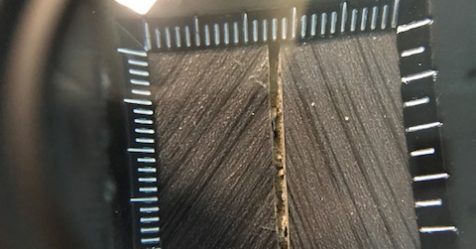
LVT plank separation, caused by installation errors, allows soil and drywall dust to enter.
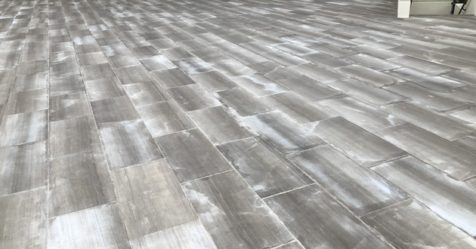
Exterior patio with tile surface damaged by high-psi pressure cleaning that caused efflorescence of concrete and setting materials
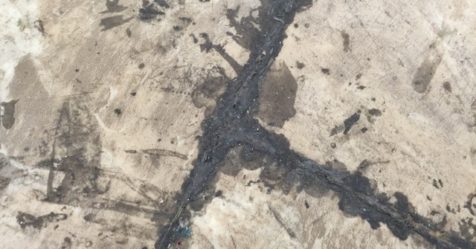
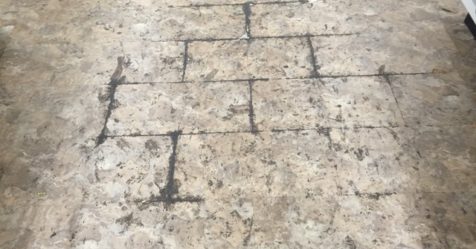
VCT adhesive oozes through seems where soil attaches, exacerbated by poor cleaning techniques.
With all projects, part of the workmanship is one’s personal presentation, appearance, and attitude; maintenance of safe jobsite conditions; and housekeeping. Workmanship considers questions such as:
- Are all materials, equipment, and tools in a specific area so as not to create hazards? Are they handy for you to reach during installation?
- Is the work area kept clean, and is the jobsite cleaned daily to the condition it was found in at the beginning of the day?
- Have you checked the product to be installed for visual defects?
- Have you visually reviewed, physically inspected, and tested the substrate for acceptable conditions before installing the floorcovering?
- Are you using the correct sundry materials: tack strip, adhesives, cement, floor-patching materials, transition-height materials, hand-trowel notch for a given adhesive and product, underlayments as required for sound and crack suppression, etc.?
- Are you using the proper tool and notch size? (E.g., not using a skill saw when a table saw is required, not using a 2-inch level when a 6-inch level is required)
- Are you using the power stretcher, or the mini stretcher and knee kicker? Do you know when to use each tool?
- Is tape quality matching carpet construction? (E.g., seaming iron 4-inch or 6-inch tape)
- Have you dry laid carpet in place for correct pattern match?
- Are you following the product acclimation guidelines?
Some might even define craftsmanship as “workmanship with passion for the trade.” Workmanship also can include an examination of speed, whereas craftsmanship relates to continuous patience in performance.
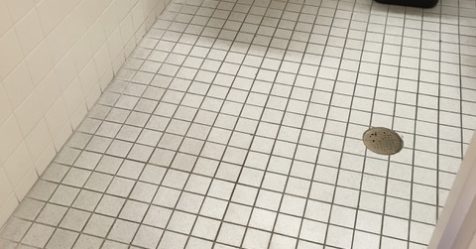
This tile’s grout is actually white.
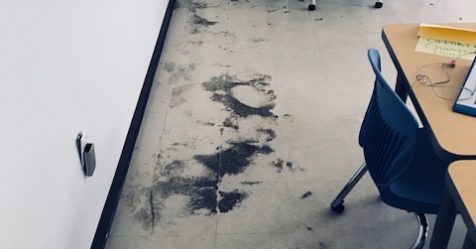
Poor cleaning techniques combined with oozing adhesive from concrete moisture emission through seams ruined this flooring in under a year.
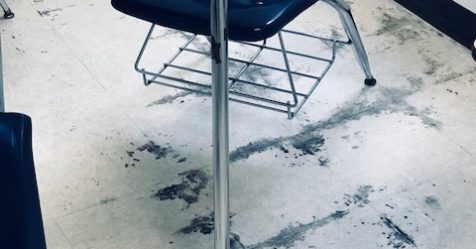
Craftsmanship
Craftsmanship, unlike workmanship, is rarely explained with an adjective that describes the quality of work. It is commonly understood that, when it is time to discuss and review craftsmanship, the workmanship is always of “superior” quality because craftsmanship is the result of superior workmanship.
Superior workmanship is the result of keeping areas clean, using correct tools and quality sundry products, maintaining personal training and ongoing education in the trade, and, finally, taking pride in your work. Training is the building block of good workmanship; pride in accomplishment produces the passion of the trade that produces craftsmanship.
Normal workmanship can produce future jobs within the trade. However, a high level craftsmanship will ensure repeat business.
